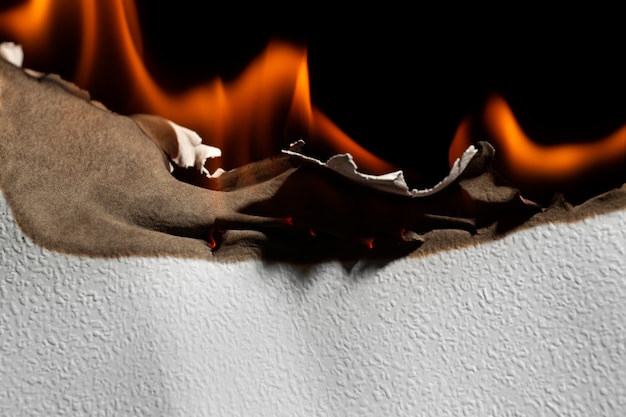In an age where safety and security are paramount, understanding the fire resistance of building materials has never been more critical. As we navigate the complexities of construction and urban development, the ability to assess how various materials respond to fire can significantly influence design decisions and safeguard lives.
From the flaming wrath of an unexpected blaze to the slow smoldering of hidden risks, fire can wreak havoc in mere moments. So, how can builders, architects, and safety inspectors determine which materials can withstand such dangers? This article delves into the essential methods and criteria for evaluating fire resistance, offering insights that empower stakeholders to make informed choices in creating structures that stand the test of time and flames alike.
Whether youre examining the latest innovations or revisiting traditional solutions, understanding these principles is vital for any conscientious construction project.
Types of Fire Resistance Tests

When evaluating the fire resistance of building materials, a variety of testing methods come into play, each designed to assess different aspects of material performance under fire conditions. One of the most commonly used techniques is the ASTM E119 test, which measures the time a building element can withstand exposure to fire before failing.
This is complemented by the ASTM E84 test, often referred to as the Steiner Tunnel test, which evaluates surface flame spread and smoke development. Additionally, the ISO 834 test simulates realistic fire scenarios to examine how materials respond over time, providing insights into thermal insulation and integrity.
Each of these tests not only varies in methodology but also in the metrics they capture, thereby painting a comprehensive picture of how materials behave in the face of fire—crucial information for architects, builders, and safety professionals designing resilient structures.
Evaluating Fire Resistance Using Fire-Resistant Barriers
Evaluating fire resistance using fire-resistant barriers is a crucial step in assessing the overall safety of building materials. These barriers, often made from specialized composites or treated substances, are designed to withstand high temperatures and prevent the spread of flames.
To effectively evaluate their performance, one must consider various factors, such as the materials thickness, composition, and test ratings according to established fire safety standards. Conducting rigorous tests—like the ASTM E119 or ISO 834—can illuminate how long these barriers can hold up under duress.
Its essential to not only analyze the results but also to observe the real-world applications; after all, a products performance in controlled settings may differ wildly from its behavior in an actual fire event. Hence, meticulous inspection and monitoring over time can yield invaluable insights, revealing the true resilience of these materials and their ability to protect lives and property.
Assessing Existing Materials: Visual Inspections and Assessments

When assessing existing materials for fire resistance, visual inspections play a pivotal role in revealing the hidden vulnerabilities that might compromise safety. Inspectors should meticulously examine structural components such as beams, walls, and ceilings for any signs of degradation, such as charring, warping, or cracking.
These indicators can signal past fire exposure or material fatigue, which may reduce effectiveness. Additionally, the condition of protective coatings or insulations must be evaluated; peeling paint or crumbling insulation can undermine their intended safety features dramatically.
While a thorough visual assessment provides crucial insights, it must be complemented by further assessments, such as laboratory tests or material sampling, to ascertain the actual fire-resistance rating and to ensure compliance with current safety standards. Remember, comprehensive evaluations not only help in identifying risks but also in formulating an effective strategy for upgrading materials where necessary.
Conclusion
In conclusion, assessing the fire resistance of building materials is crucial for ensuring the safety and integrity of structures in the event of a fire. By employing various testing methods, such as the standard fire test, small-scale testing, and comparative analysis, builders and architects can determine the appropriate materials to incorporate into their designs.
Understanding the fire performance of different materials not only aids in compliance with safety regulations but also enhances overall fire safety strategies within a building. As advancements in structural fire engineering continue to evolve, staying informed about innovative materials and testing techniques will be essential for creating safer environments. Ultimately, prioritizing fire resistance paves the way for improved safety outcomes and resilience in the built environment.


